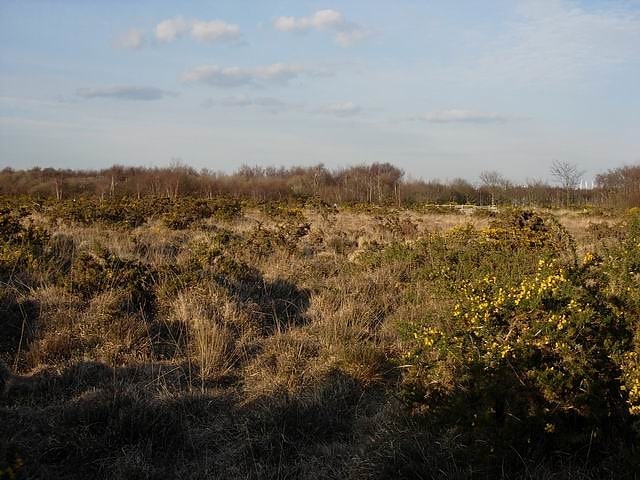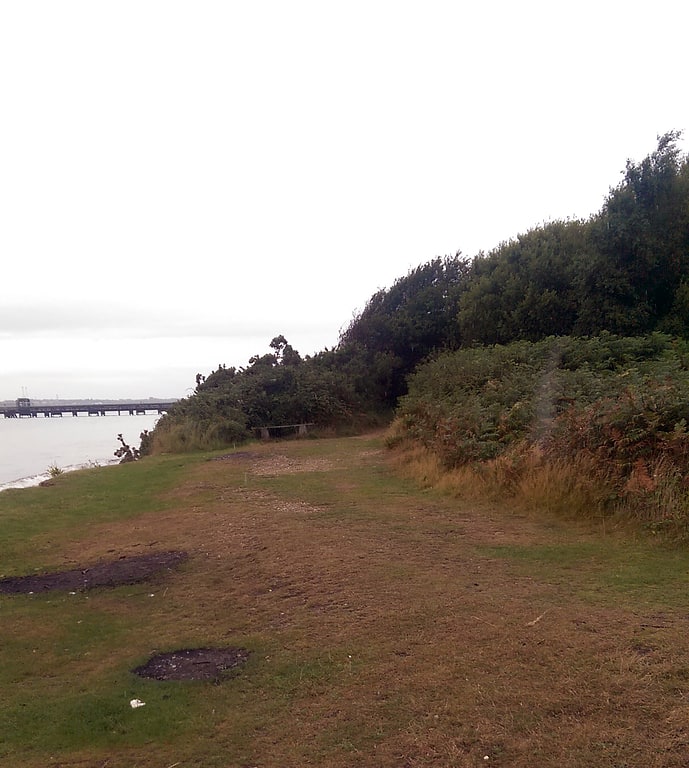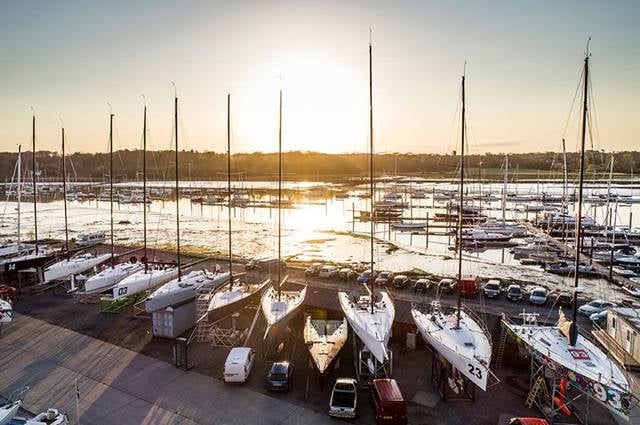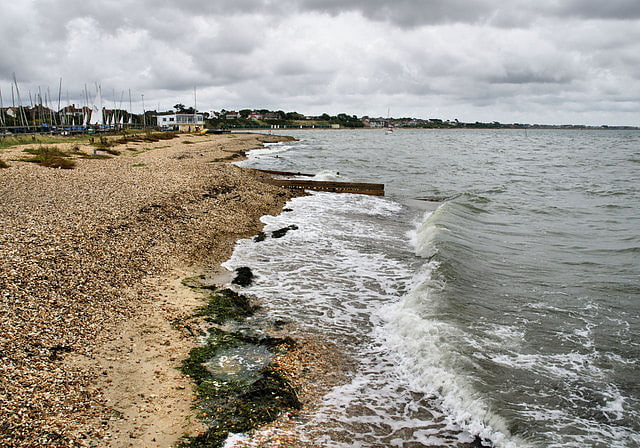Discover 6 hidden attractions, cool sights, and unusual things to do in Hamble-le-Rice (United Kingdom). Don't miss out on these must-see attractions: Mercury Marshes, Hamble Common Camp, and Hackett's Marsh. Also, be sure to include St Andrew's Castle in your itinerary.
Below, you can find the list of the most amazing places you should visit in Hamble-le-Rice (England).
Table of Contents
Mercury Marshes

Mercury Marshes is a 6.4-hectare Local Nature Reserve in Hamble-le-Rice in Hampshire. It is owned by Hampshire County Council and managed by Hampshire Countryside Service. It is part of Solent and Southampton Water Ramsar site and Special Protection Area, of Solent Maritime Special Area of Conservation, and of Lee-on-The Solent to Itchen Estuary, which is a Site of Special Scientific Interest.
This site on the west bank of the River Hamble has intertidal mud, reedbeds, islands, saltmarsh, creeks and woodland. The saltmarsh and islands are dominated by sea purslane, cordgrass, sea aster and glasswort. The reserve is important for invertebrates and waders.[1]
Hamble Common Camp

Hamble Common Camp is the site of an Iron Age promontory hillfort located in Hampshire. The fort is located on Hamble common on a peninsula of land formed between Southampton Water and the River Hamble. The site was later occupied by St Andrews castle, one of the Device Forts built by King Henry VIII.[2]
Hackett's Marsh

Hackett's Marsh is a 20.4-hectare Local Nature Reserve in Bursledon in Hampshire. It is owned by Hampshire County Council and managed by Hampshire Countryside Service. It is part of Solent and Southampton Water Ramsar site and Special Protection Area, of Solent Maritime Special Area of Conservation and of Lincegrove and Hackett's Marshes Site of Special Scientific Interest.
This site has saltmarshes and species-rich grassland. Its diverse insects, which include some species which are nationally rare, provide an important source of food for waders, such as golden plovers, black-tailed godwits and curlews.[3]
St Andrew's Castle

St Andrew's Castle was an artillery fort constructed by Henry VIII near Hamble-le-Rice, Hampshire, between 1542 and 1543. It formed part of the King's Device programme to protect against invasion from France and the Holy Roman Empire, and defended Southampton Water near the Solent. St Andrew's comprised a keep and a gun platform, protected by a moat. The castle was decommissioned in 1642 during the English Civil War and has been largely destroyed through coastal erosion.[4]
Hamble Yacht Services

Sailing, Marina
Address: Port Hamble, Satchell Lane, Hamble-le-Rice
Lee-on-The Solent to Itchen Estuary

Lee-on-The Solent to Itchen Estuary is a 585.9-hectare biological and geological Site of Special Scientific Interest which stretches along the coast between Southampton and Gosport in Hampshire. It is a Geological Conservation Review site. It is part of Solent and Southampton Water Ramsar site and Special Protection Area, and of Solent Maritime Special Area of Conservation. Three areas are Local Nature Reserves, Chessel Bay, Hook with Warsash and Mercury Marshes. One area is Hamble Common Camp, a Scheduled Monument.
This site is mainly intertidal muds, and there are also areas of saltmarsh, vegetated shingle, reedbeds, deciduous woodland and marshy grassland. It is outstanding for nationally scarce coastal plants, internationally important for dark-bellied geese, and nationally important for eight other species of birds, including great crested grebe and ringed plover. The site is also important for Palaeolithic artefacts and the fossils of Eocene birds.[5]